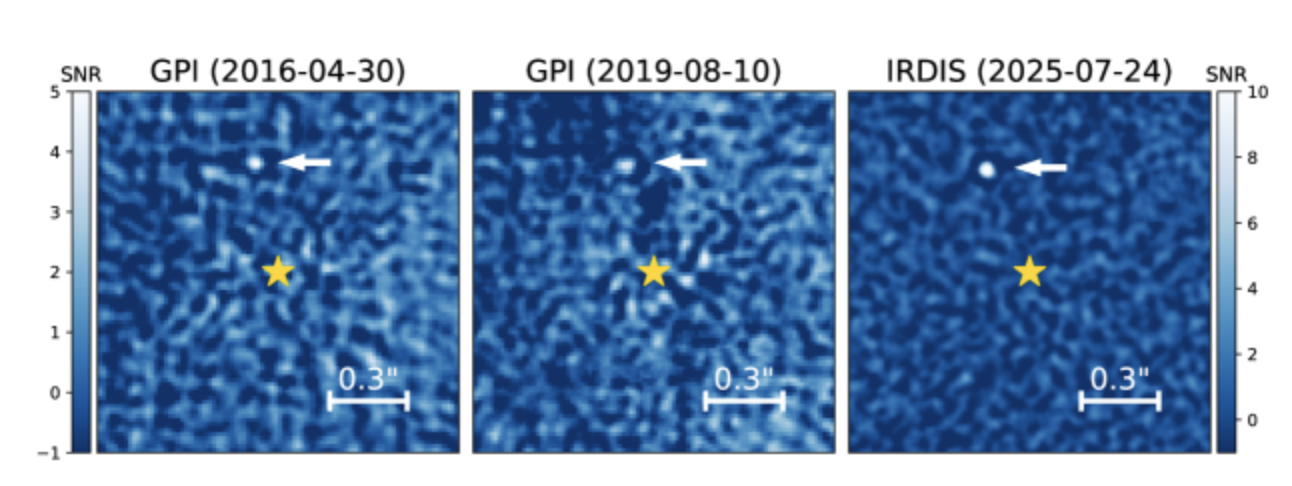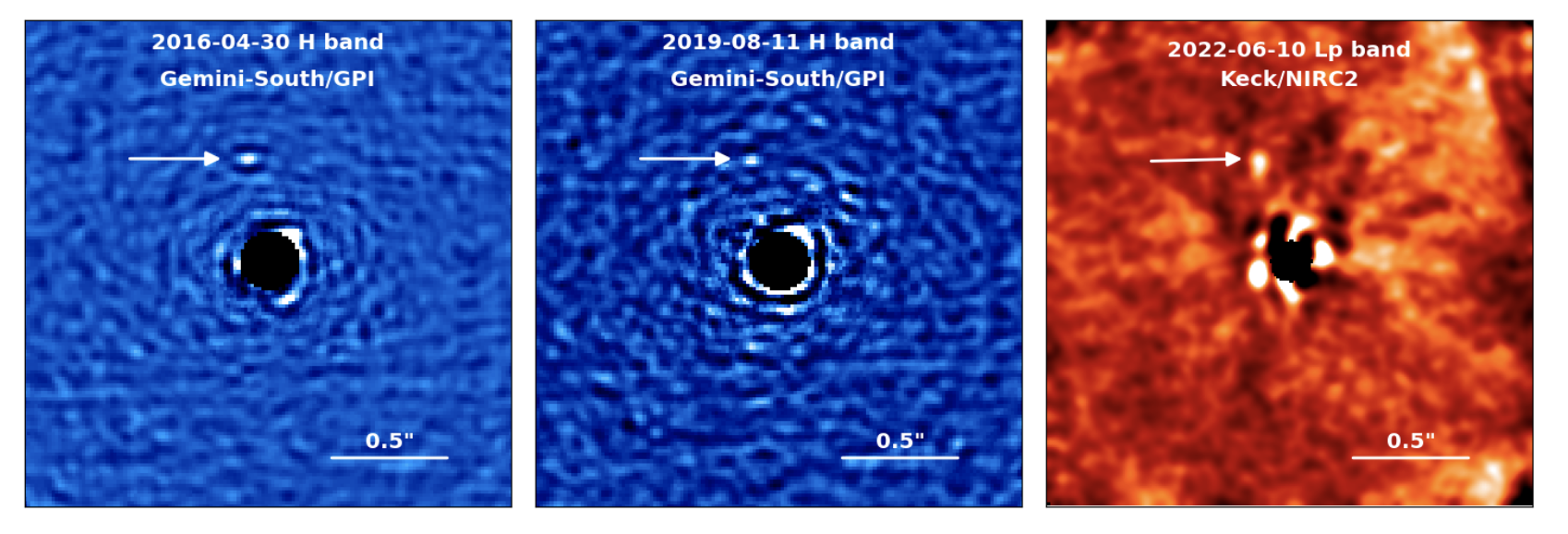Huh. It takes just over 7 minutes for the Earth to cross its own diameter when going around the Sun… #astrodon #astrosci

Huh. It takes just over 7 minutes for the Earth to cross its own diameter when going around the Sun… #astrodon #astrosci

New minor anxiety uncovered… trying to use PyMeeus and NASA Model E to calculate the exact time of the 2025 solstice, and PyMeeus says 2025-12-21 15:03 but NASA says 15:10… so I’d assume I go with NASA’s ephemerides, right? #astrodon #astrosci

Inspired by one of my students: #exoplanets #astrodon #astrosci

From SCExAO and CHARIS: Currie+ with a superJovian around HIP 54515 and El Morsy+ with substellar companion HIP 71618 adding to the superJovian/Brown Dwarf menagerie at 17 and 60 Jupiter masses respectively #astrodon #exoplanets ☄
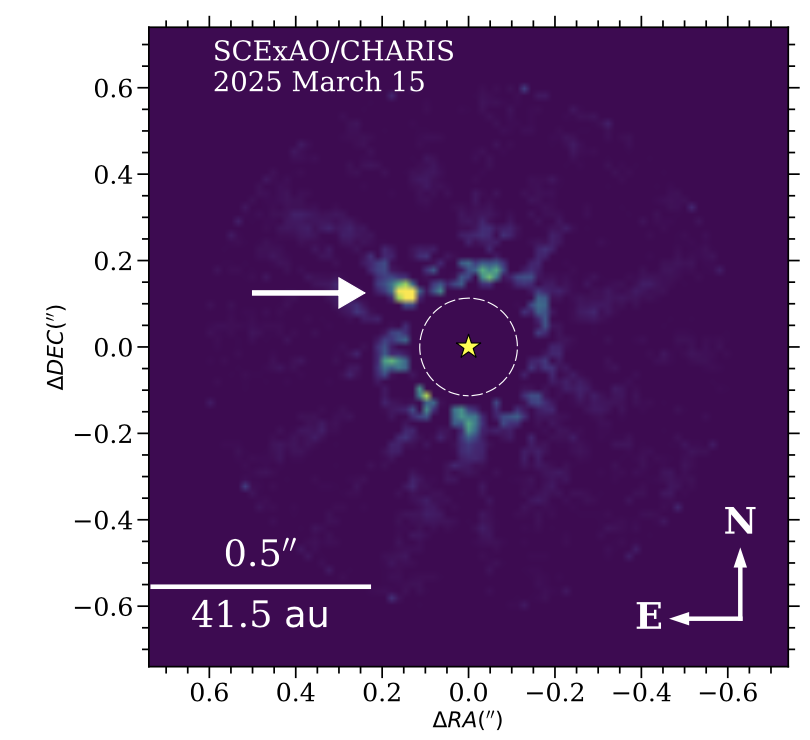

A very exciting paper by Kral et al. on “Exomoon search with VLTI/GRAVITY around the substellar companion HD 206893 B” using astrometric measurements of the companion to search for a putative #exomoon. Half a Jupiter mass at 0.22 au maaaaybe? We’re getting closer! #astrodon #astrosci #exoplanets
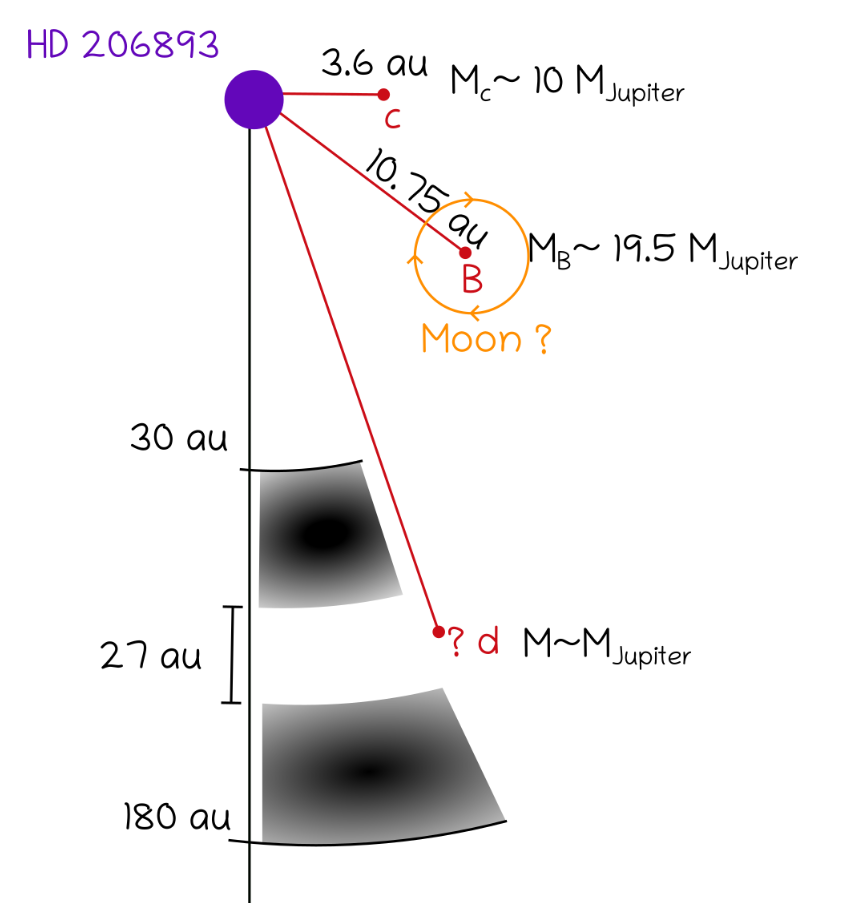

In work early this morning to tackle a big project and the internet is incredibly flaky ri- ERR NO SIGHUP
SI units for #ExoELT instruments are mass and height in Chilean Elephants (ChEl) and German Giraffes (GeGi), respectively.
I will not be taking questions at this time.
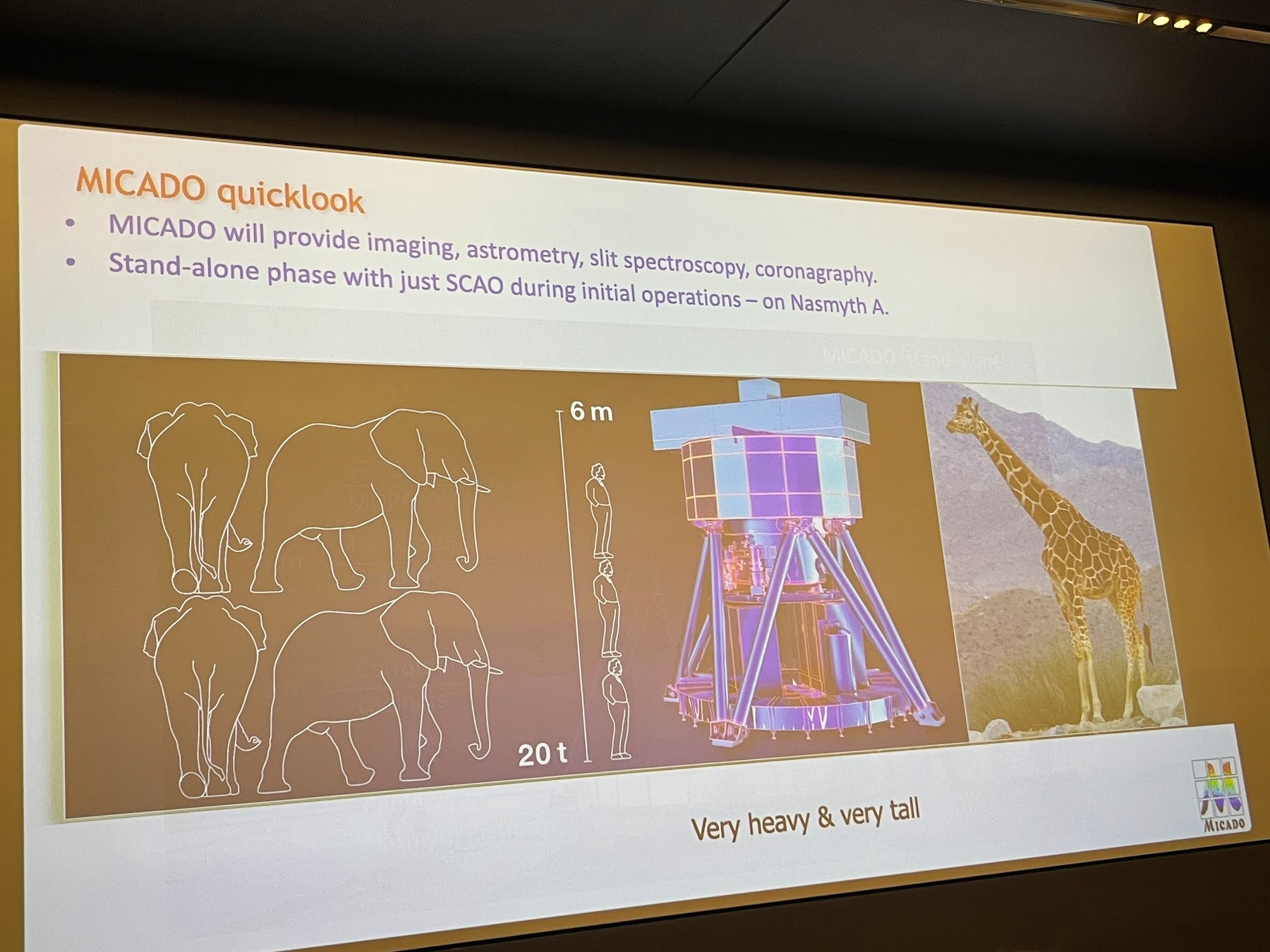
M. Nowak discussing synergies with VLT Interferometer (VLTI) and #ELT at #ExoELT - ELT has the >30m aperture for sensitivity, but VLTI combines all 4 VLT telescopes over a 200m baseline for better angular resolution, complementing sensitivity of ELT #astrodon #astrosci
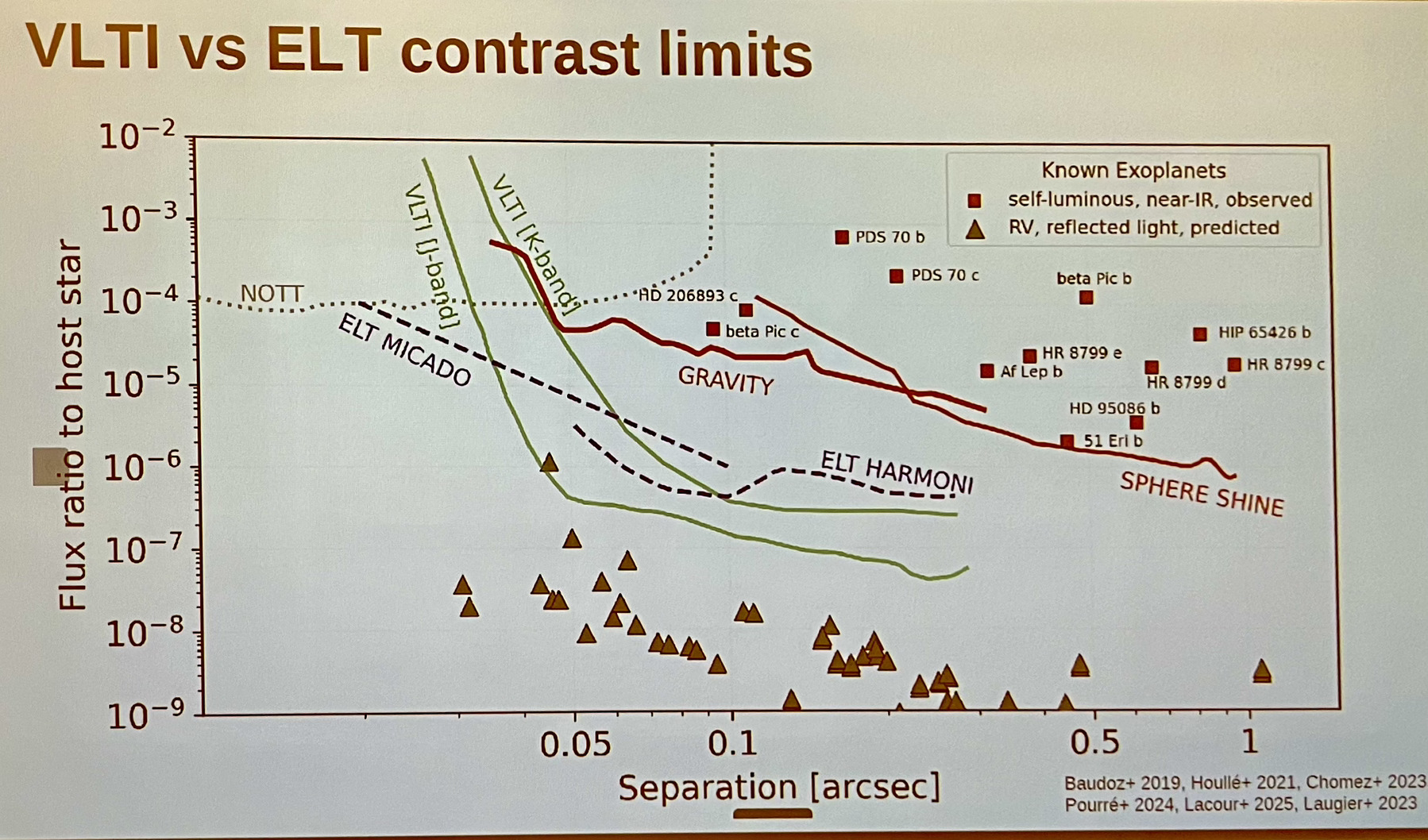
At #ExoELT on Monday we had summaries of the #ELT instruments: METIS (Mid-IR imager and specrograph), MICADO (wide field imager), HARMONI (Near-IR IFU) and 2nd gen ANDES (R~100k spectrograph) - the hardware is suitably enormous - cryogenic dewars typically bigger than a hotel room! #astrodon
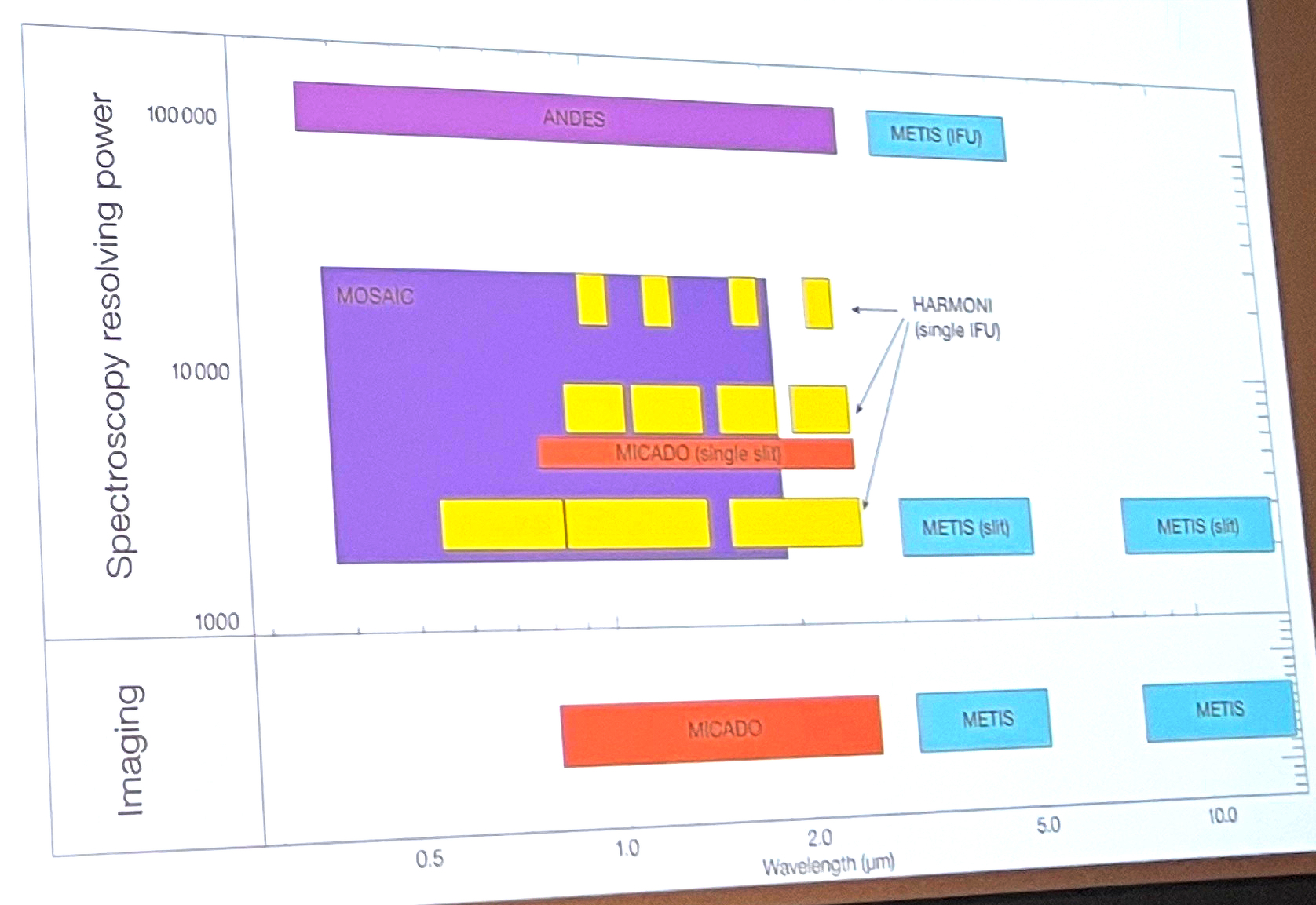
Many #exoplanet astronomers are at #ESO headquarters near Munich to talk about #exoplanets with the Extremely Large Telescope #ELT this week - first light in 2029/2030 - you can put one of the 8.4m VLT telescopes on the instrument platform of the #ELT… gulp! ☄️ #astrodon Follow along on #ExoELT
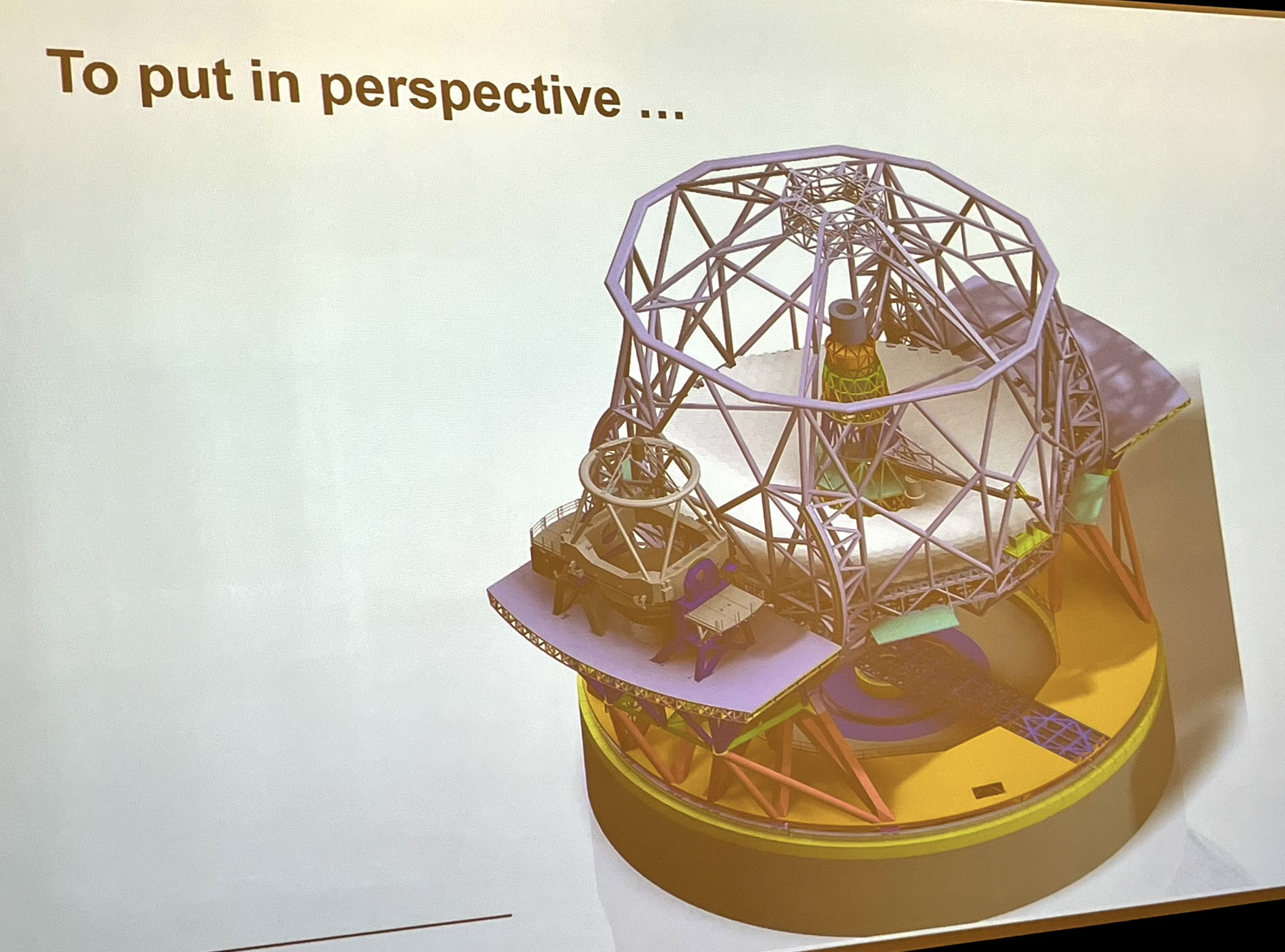
‘An Overview of Exocomets’ is a very comprehensive review led by Daniela Iglesias started at an @issibern.ch meeting. I worked on Figure 1 detailing comets around the Sun, Beta Pic and a white dwarf - I’m very proud of it, and it is available on @github.com: Exocomet systems #astrodon #exoplanet ☄
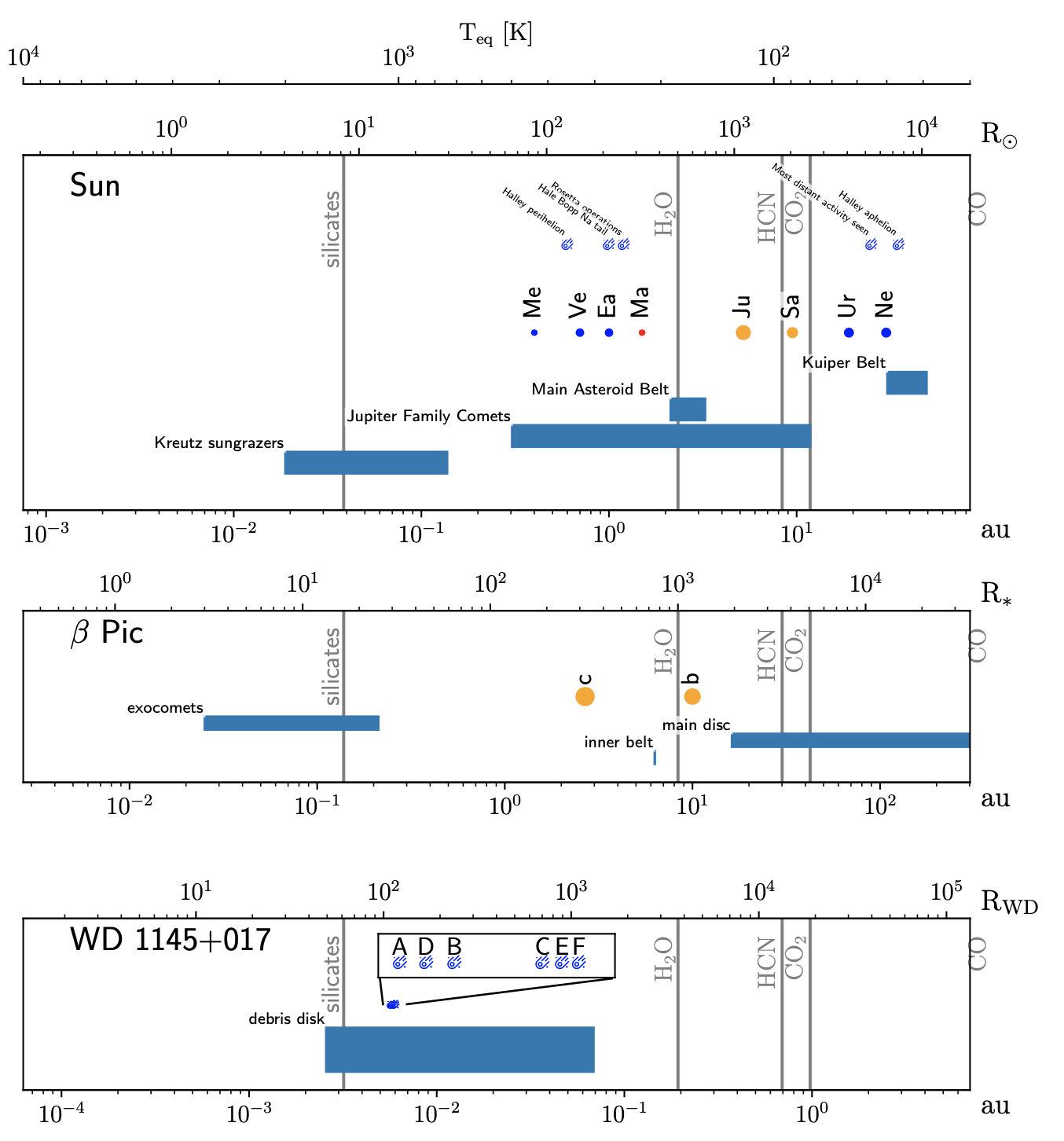
So, I have a 2019 Macbook Pro whose battery life is now less than one hour. I asked our IT department for a quote to replace the battery, but apparently it is now considered “vintage” by Apple and would cost the best part of 1000 Euros to replace(!) or until I get the urge to fix it myself…
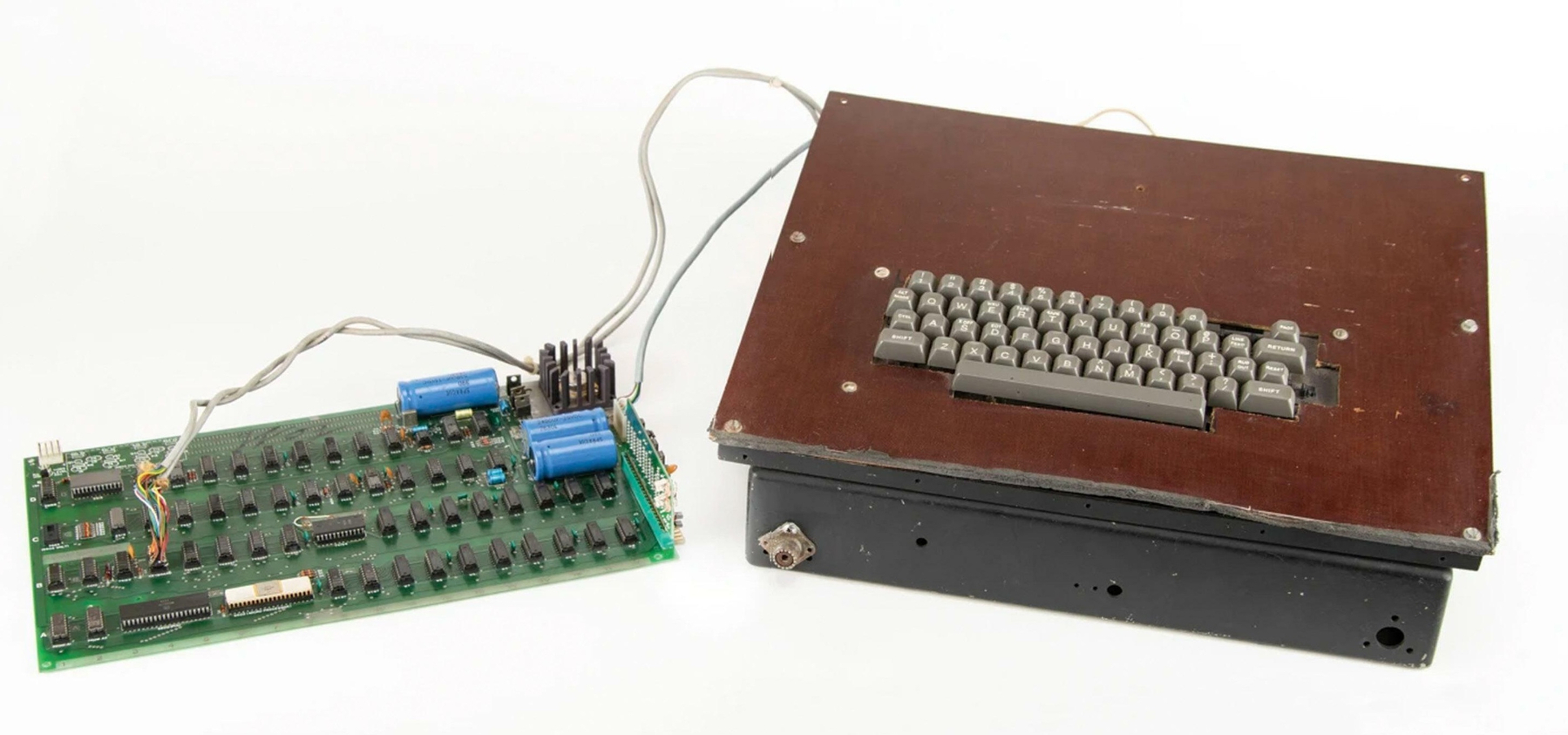
Lammers and Winn “On the Exoplanet Yield of Gaia Astrometry” makes breathtaking predictions for the Gaia DR4 data release in December 2026 - around 7500 new exoplanets around nearby stars! It will be revolutionary… and indicate new nearby systems to be imaged… #astrodon #exoplanets ☄️
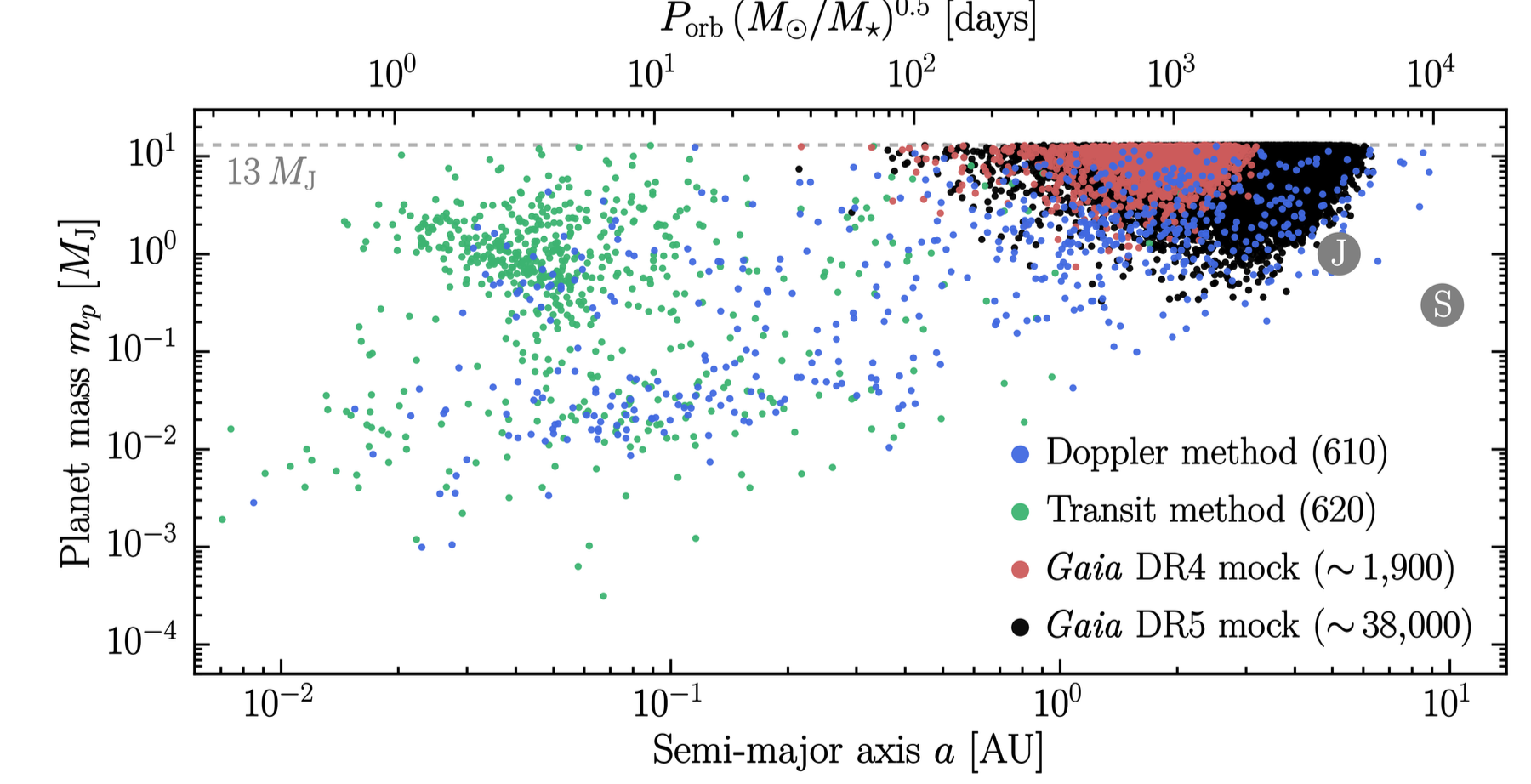
Shah+ on “The nature of ASASSN-24fw’s occultation” going for an exoring/exodisk explanation for the occulter with a minimum mass of 4 Jupiters for the companion #exoplanet #astrodon ☄
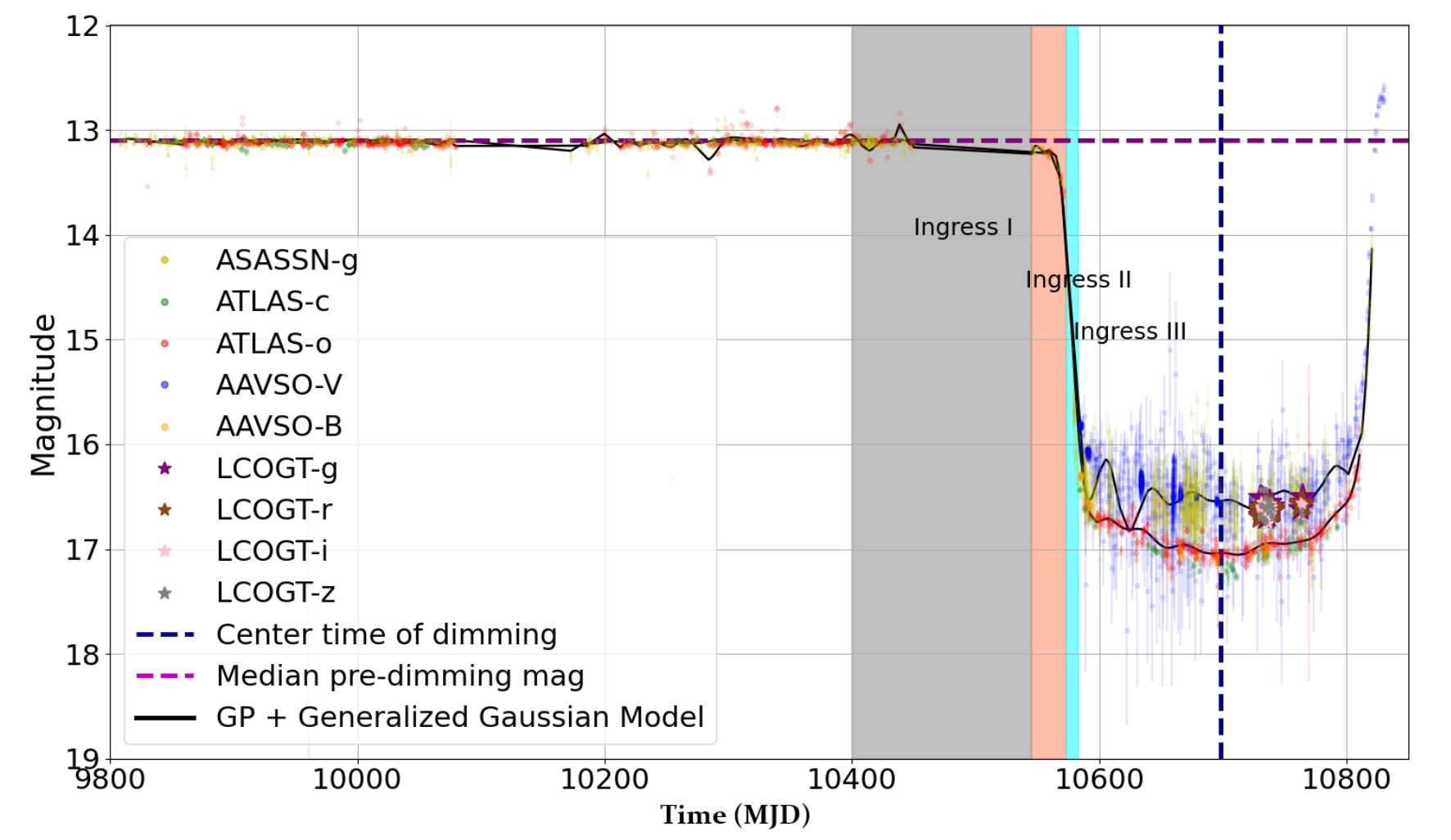
A polite golf clap to Suárez Mascareño with “In space there will be no need to scream Limits to the presence of giant planets in the ζ² Ret system” allowing us to all breathe a sigh of relief that Weyland Yutani will not be endangering the Earth any time soon… 👽 #astrosci #astrodon
Gibson et al. “TESS Discovers a Second System of Transiting Exocomets in the Extreme Debris Disk of RZ Psc” showing 24 exocomet transits and the existence of a broken power law for the sizes of these exocomets, unlike Beta Pic’s exocomet distribution #exoplanet #astrodon #astrosci
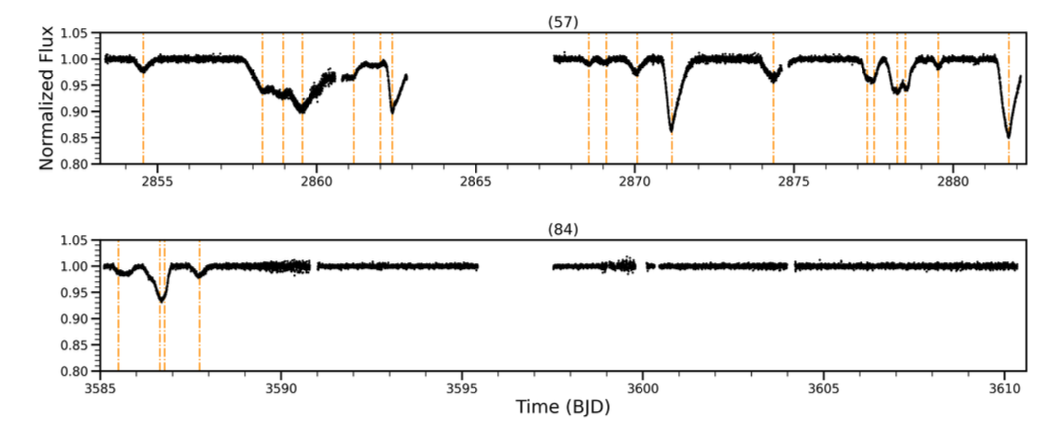
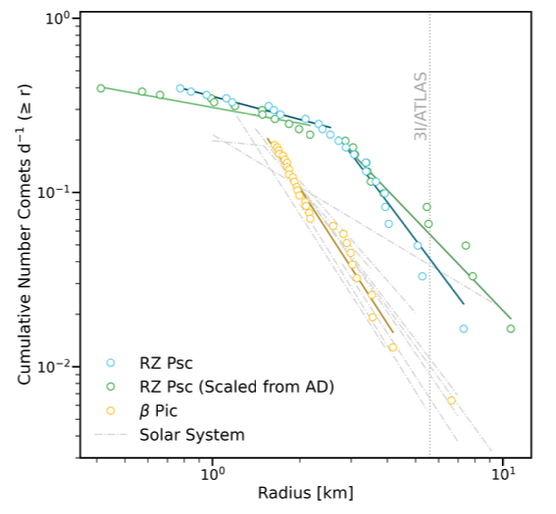
A lovely morning to go rowing in #Leiden - my sculling needs improvement, but it’s fantastic to be on the water on these calm Autumn days.
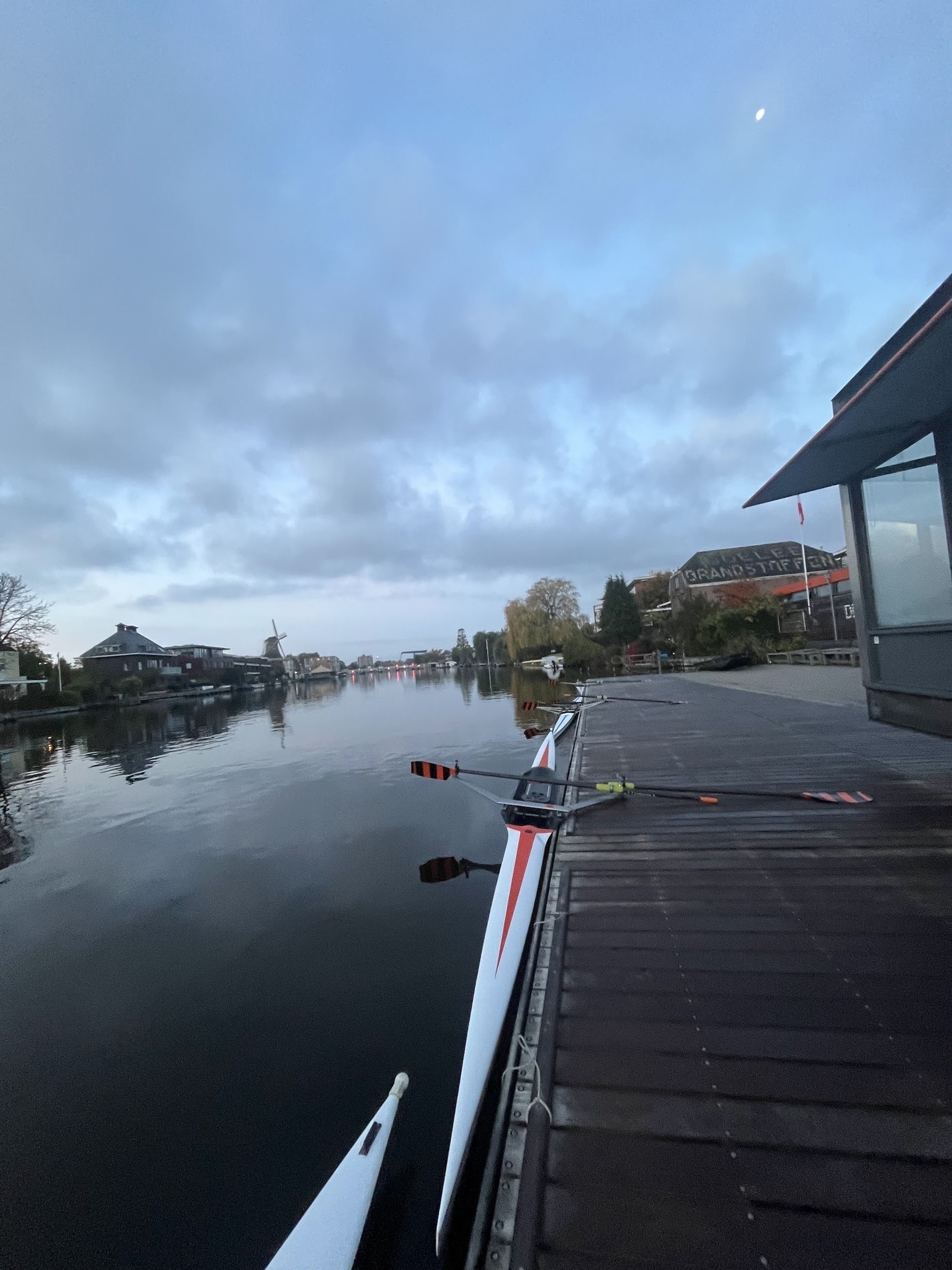
Santos-Sanz+ with “JWST occultation reveals unforeseen complexity in Chariklo’s ring system” - I’m fascinated by #exorings and seeing more activity and weirdness with small bodies in the Solar system gets me very intrigued indeed….. #astrosci #astrodon
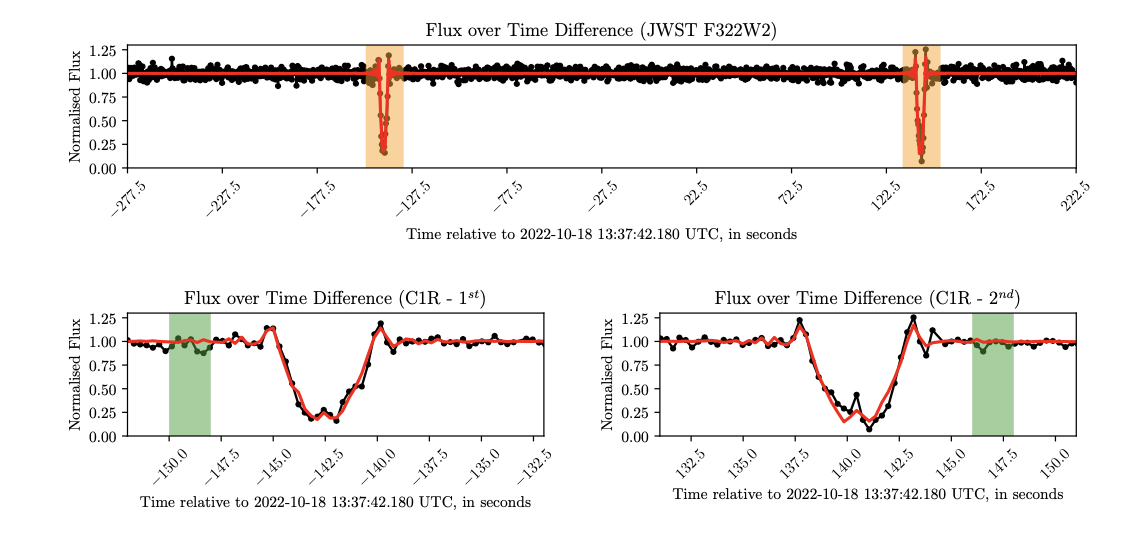
Getting mentally prepared to read all the #slack channels on #wispit2 #JWST proposals

Wolff, @andrasgaspar.bsky.social et al. with a beautiful analysis of “JWST/MIRI Imaging of the Warm Dust Component of the Epsilon Eridani Debris Disk”, the last of the “Big Four” circumstellar disks with #JWST - a smooth disk at all but the longer wavelengths and hosting an RV #exoplanet ☄️

Cugno and Grant @sierragrant.bsky.social with “A Carbon-rich Disk Surrounding a Planetary-mass Companion” detected using #JWST - an impressive detection of several different carbon molecules that are very promising for #exomoon formation around the directly imaged #exoplanet CT Cha b ☄
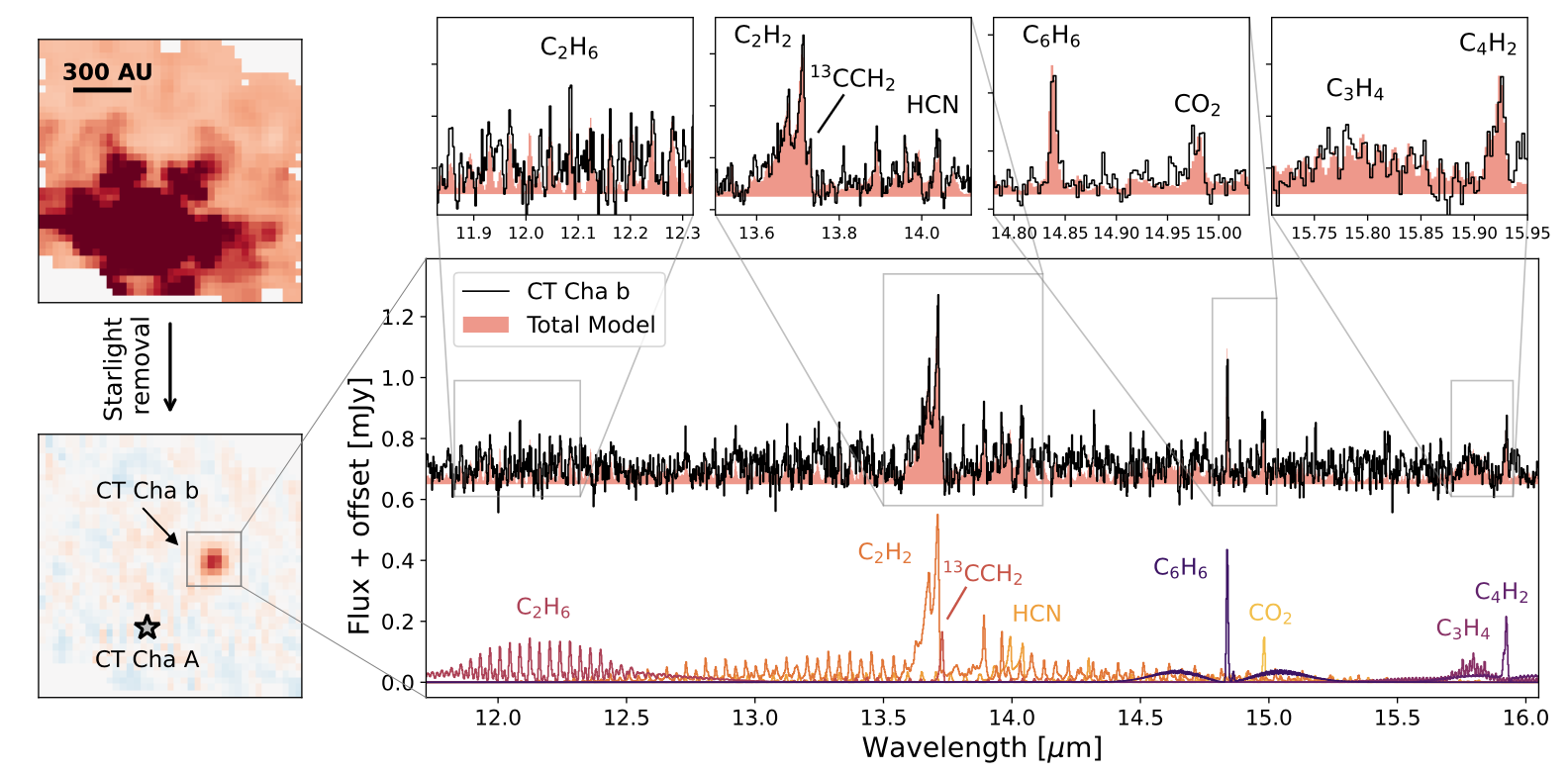
A very cool result! Julo+ with a paper on “Stellar halo subtraction … with integral field spectroscopy… on the PDS70, HTLup, and YSES1 systems” showing that the YSES 1b #exoplanet has a lot of emission lines - H alpha , H beta, He I, Ca H and K triplets, Na in absorption… oh my! #astrodon ☄

Some sad #exoplanets news in a paper led by me: “YSES 2b is a background star”. A distant M dwarf star some 2 kiloparsecs behind the star just so happens to have a non-zero proper motion in EXACTLY the wrong direction: this required multiple GRAVITY observations to solve… #astrosci #astrodon
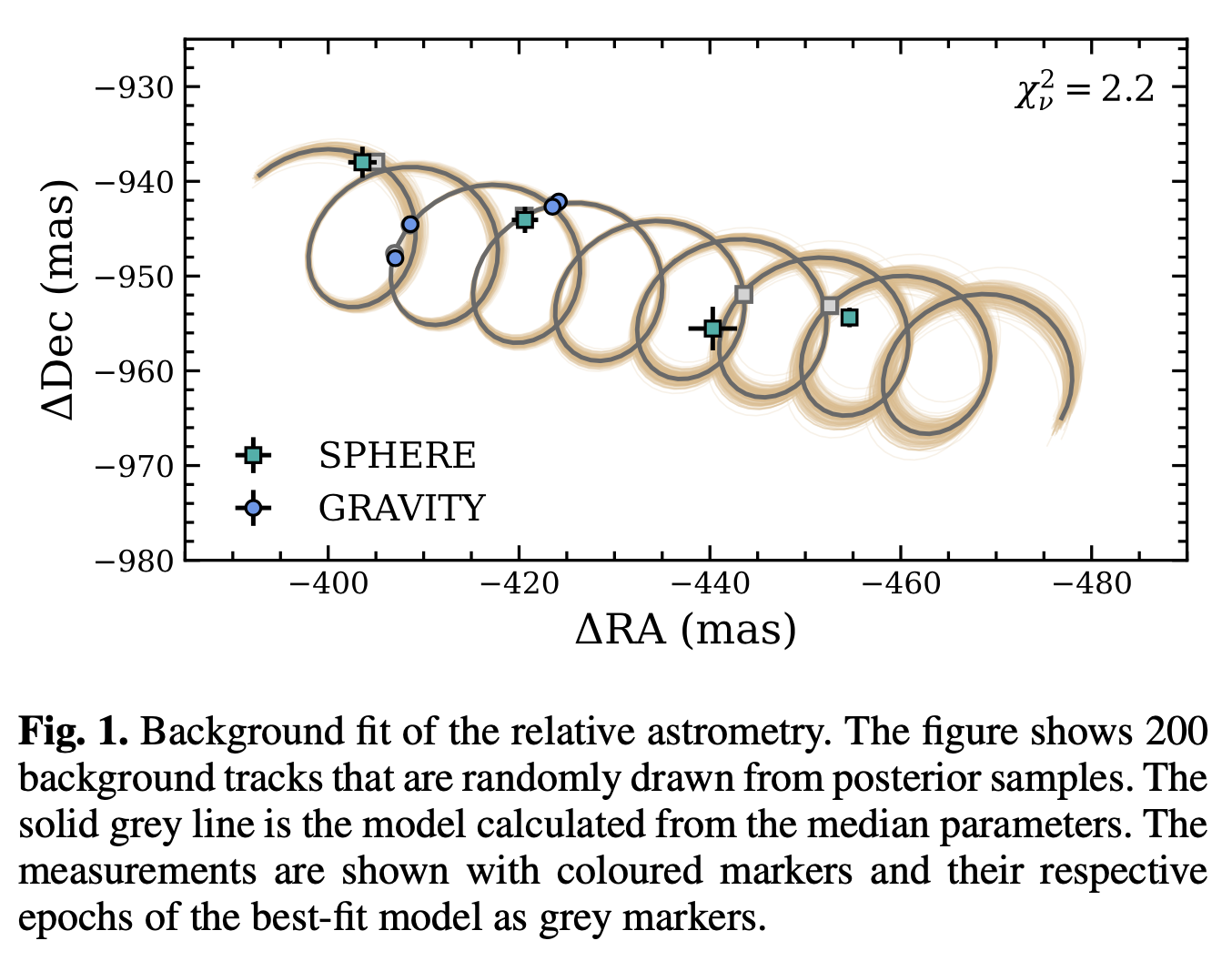
My periodic reminder for #astrosci #astrodon #exoplanets Early Career Researchers to please, please, please have a simple web site with your current email address on it - rationale here: kenworthy.space/advice/
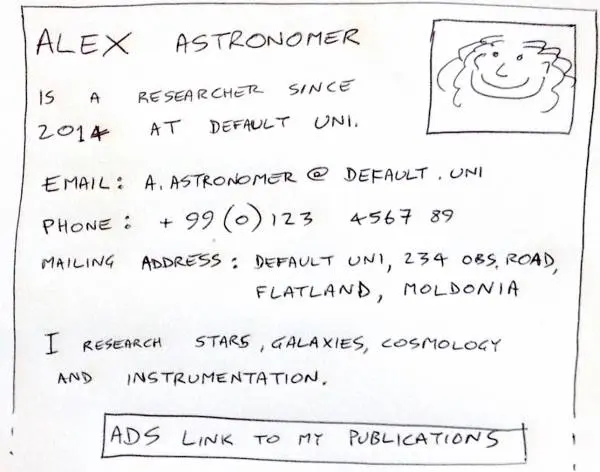
Two papers announcing the discovery of a directly imaged 6 Jupiter mass planet around binary system HD 143811 AB Squicciarini+ and Jones+ in Sco-Cen - Keck, Gemini and VLT all imaging this companion and confirmed with several years of common proper motion. #astrodon #exoplanet #exosci
